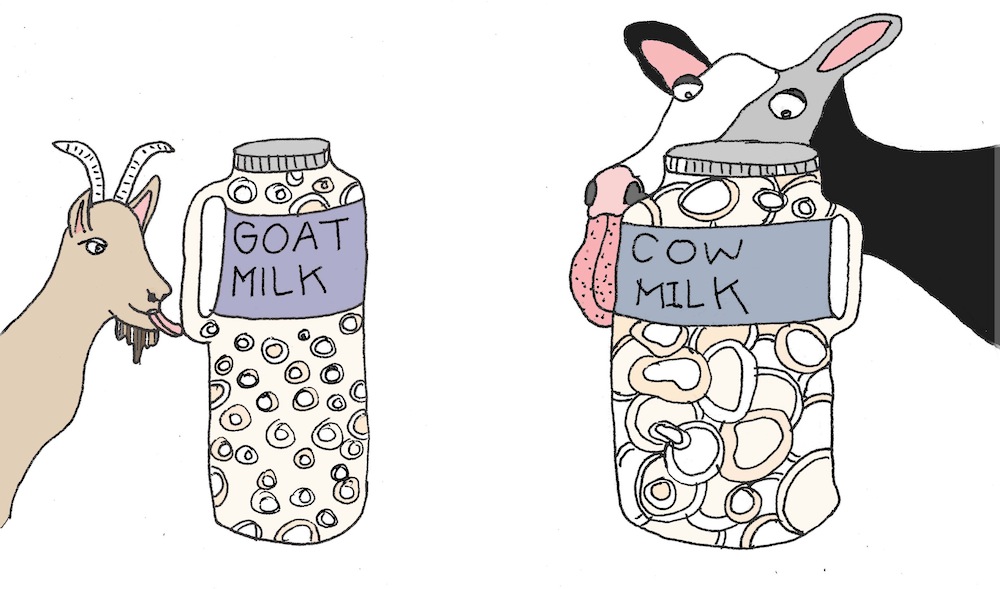The condition marked by stiffness and pain in your shoulder joint is known as frozen shoulder. It is so severe that you when you try to move your upper body it hurts really badly. If someone even touches that area of the shoulder you might end up screaming with pain.
The chances of developing a frozen shoulder are more in a person who is recovering from an arm injury where you are required to stay still and not move the arm. It might not occur in the same arm twice but Doctors claim to have witnessed cases of both.
The 3 Stages Of Having A Frozen Shoulder
It is a 3 stages slow process and can last a number of months.
- Freezing stage: Any sort of movement in your shoulder can cause pain, and your shoulder’s range of movements slowly becomes limited.
- Frozen stage: Pain may gradually tend to reduce during this stage. But, your shoulder becomes stiffer, and using it becomes more uneasy.
- Thawing stage: The range of motion and movements in your shoulder begins to improve eventually.
For some people, the pain worsens at night, sometimes disturbing your sleeping pattern.
How To Take Precautions To Prevent Frozen Shoulder?
A very common and yet a preventable health risk, frozen shoulder (Adhesive Capsulitis) can be avoided with simple steps:
Use Your Shoulder Complex
If you don’t use your main shoulder joint or shoulder complex regularly because you are lazy, you are more to developing a frozen shoulder. Good exercises that involve your shoulder movements and a wide range of motion of the shoulder. Working out will make the ligaments and tendons receive optimum blood flow, it will make your shoulder very flexible and reduce the risk of any shoulder injury.
Biomechanics Of The Shoulder
Sitting for hours in front of a laptop screen and in a hunching position will make you regret it later. The shoulder joint, clavicle (collarbone), breastbone (sternum), shoulder blade (scapula), and upper back (thoracic and cervical spinal regions) are a part of your shoulder. These areas need to function very effectively for fluid arm movement, the biomechanics your shoulder requires in order to avoid frozen shoulder.
Stretch Your Shoulders
Your shoulder requires a lot of stretching exercises. Stretching exercises for the shoulder don’t require lot equipment, sometimes a towel, stretching bands are enough to do those simples stretching movements. Doing 30 seconds and repeating them in sets will improve not only your body posture but it is also going to keep your shoulder intact.
Consume Vitamin D And Plenty Of Probiotics
Your diet needs ample Vitamin D and Good bacteria to keep your spine, shoulder, ligaments, and tendons to strengthen your immune system and decreasing the risk of developing the conditions of a frozen shoulder. Eat minimum processed food and adopt a healthy diet.
Treatment For Frozen Shoulder:
- Take a warm shower with Epsom salts
- Using heat to heal- heating pads do provide a huge relief
- Do exercises that improve shoulder mobility – pendulum stretch, towel stretch, armpit rotation stretch
- Physiotherapy with a professional
- Lowering inflammations and avoiding complications by sticking to a healthy diet
- Have your pro-biotic
Consulting a doctor is necessary for such emergency cases but you can always take the required precautions. Having severe pain and stiffness in your shoulders to an extent where you can’t do activities of daily living is something that you don’t want to add to your list of bad experiences. Emotional stress, unhealthy processed food; a weak digestive system can damage your immune system and affect your shoulder. Take a right treatment according to the severity of the stage your frozen shoulder is in.



